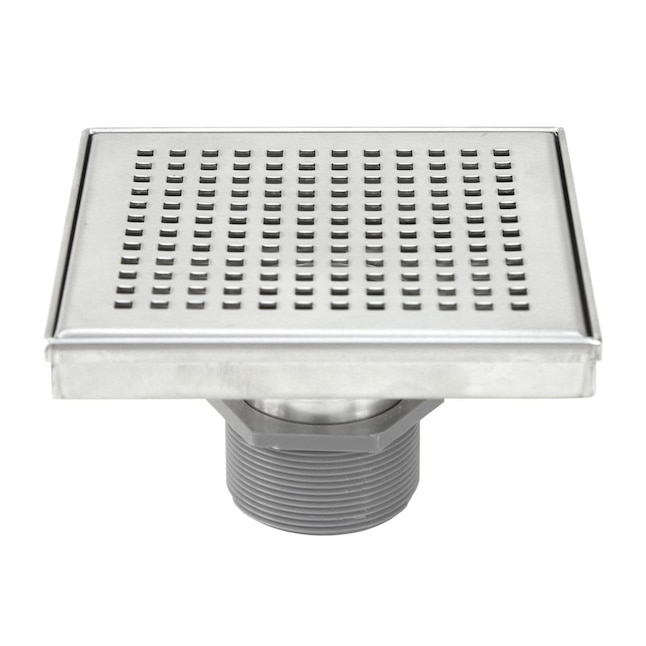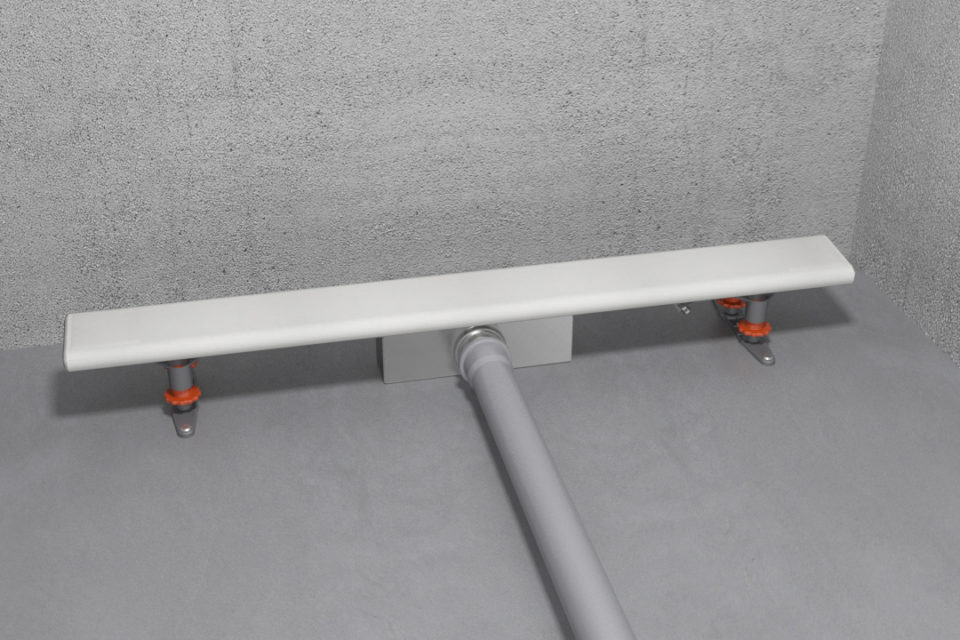Mastering-Learning-Becoming Skilled At Your Own-DIY-Personal Shower Drain-Bathroom Drain-Drainage System Installation-Setup-Project
Mastering-Learning-Becoming Skilled At Your Own-DIY-Personal Shower Drain-Bathroom Drain-Drainage System Installation-Setup-Project
Blog Article
Do you find yourself searching for critical information about How to Install a Shower Drain?

Upgrading a shower room is among the much more prominent residence improvement projects. Handling the plumbing for draining your shower can be exceptionally easy unless you go overboard.
Handling Your Own Shower Drainpipe Installation Project
You can physically build a collector for your brand-new shower, however you actually require to think about it. Do you actually intend to get into the difficulties of obtaining the sloping right, and also making certain every aspect of it is water-proof? As well as I imply every aspect! It is a lot easier to just buy a pre-cast collector online or at your neighborhood Lowes, House Depot or equipment store. Structure one could seem like a wonderful concept, however you will probably really feel in different ways after a couple of hrs.
Regardless of just how you set about getting a frying pan, you must strive to use one that has the drainpipe located in the same place as the original pan. Relocating the drain pipelines can be a job, specifically if the home builder utilized an unique framework structure. If you are figured out to relocate the drainpipe, you are going to need to cut down the pipeline or lengthen it, which might indicate ripping up large portions of the floor. Rephrase, you are mosting likely to be looking at a numerous weekend break job.
Assuming we have our drainpipe aligned, the actual hook up is relatively simple. The drain pipeline must be encountering vertical up to the collector. It will certainly commonly look like a "U", which indicates it acts as a cleanout to keep unpleasant smells from returning up from the drain. To link the drainpipe, you are going to produce a water limited connection in between a drainpipe cap on the top of the pan as well as the water drainage pipe. Solutions vary, but you are commonly going to do this by putting a combining item on the top of the drainage pipe. This is after that covered with gaskets and actually screwed right into the drain cap. The drain cap ought to function as a locknut, to wit, it screws straight onto the coupling.
The challenging part of this procedure is obtaining your drainpipe cap to fit into a watertight setting in the pan. This is achieved by withdrawing the drainpipe cap as soon as you are sure everything fits together. At that point, you placed plumbers putty around the underside of the cap and then screw it back on. The putty should develop a tight seal in between the cap as well as the shower pan, which keeps water from dripping under it as well as right into the mounting under the shower.
Clearly, washroom showers can be found in a wide range of styles these days. If you buy a collection agency, they usually included plumbing guidelines or the shop can keep in mind anything unusual you ought to know. It sounds complex, but is generally quite simple. Have a good time!
Whether you are a tub or shower person, the majority of people try to find shower only options when purchasing a home. This simple truth indicates more than a few homeowners spend a weekend updating or installing showers in their washrooms. Luckily for you, it is a relatively easy process.
An enthusiast or frying pan refers to the horizontal surface area situated at the bottom of the shower. The enthusiast usually contains a non-slip surface somewhat banked in the direction of the center or wherever the drainpipe lies. Combined with three to four inch walls around the side, the objective of your shower water drainage plumbing is to get the water to move to as well as away.
Tips for Installing a Shower Drain Assembly
Renovating a bathroom can be exciting as well as fulfilling if you’re tackling the job DIY-style. After you cross off the bigger decisions such as tile style, paint colors, and fixtures, you’ll need to finalize smaller details – such as the shower drain. In this article, we’re sharing some tips for selecting and installing the right drain assembly for your updated shower.
What is a shower drain assembly?
Shower bases or pans typically only come with a pre-drilled drain hole. Since the pan slopes toward the drain, you should consider the placement – left, center, or right – when designing your shower. You’ll need to purchase and install a shower drain assembly that connects the shower pan to the drain pipe underneath the shower. There are a few types of assemblies, which will be covered below.
Size of a shower drain
When it comes to installing drains, size matters. The recommended pipe size for a shower drain is 2 inches, whereas most tubs use 1.5-inch pipes. Why the difference?
Shower pans are shallower than tubs, so there’s a higher risk for overflow. So, the larger pipe allows for quicker draining. If you are replacing an old tub with a newer stand-up shower, you will need to make additional plumbing adjustments to accommodate the 2-inch pipe.
Types of shower drain assemblies
There are three common types of shower drain assemblies: compression shower drain, solvent-glue shower drain, and tile shower drain. The layout, design, and materials of your shower can determine which type of shower drain assembly will work best.
Compression shower drain
This type of assembly attaches to the drain pipe with compression washers and nuts. The drain fitting is typically installed into the base, and then the base is installed into the bathroom floor. This makes compression-style drains easier to install than other options, particularly if you don’t have easy access from the floor under the shower base. Drains are available in a wide range of materials such as PVC (polyvinyl chloride), ABS (Acrylonitrile Butadiene Styrene), and brass, and can be used for acrylic, fiberglass, and steel shower bases.
Solvent-glued shower drain
Made of either polyvinyl or ABS, this type of shower drain is sealed to the drain pipe with solvent glue and silicone. Since you’ll be working underneath the drain pan, we only recommend using this type of drain if you have access under the shower, such as from a basement or crawlspace. It’s also important that you match the type of plastic of the drain with the drainpipe. If you take these precautions, you can install a solvent-glued drain assembly with acrylic, fiberglass, and steel shower bases.
Tile shower drain –
Drain assemblies for custom tile showers feature a waterproof membrane liner placed between two flanges. The tile is installed on top of the liner, collecting any water that seeps through the porous grout. A metal strainer is installed in line with the tile over the drain.
https://www.epshawaii.com/blog/tips-for-installing-a-shower-drain-assembly/

I hope you enjoyed reading our article about How to Install or Replace a Shower Drain. Thanks for taking a few minutes to read through our short article. If you please take the time to share this blog post if you enjoyed it. Bless you for your time. Visit again soon.
Report this page